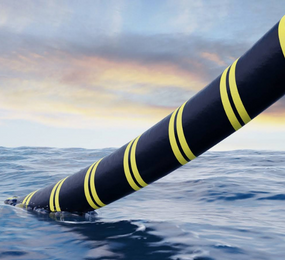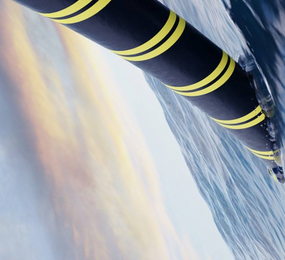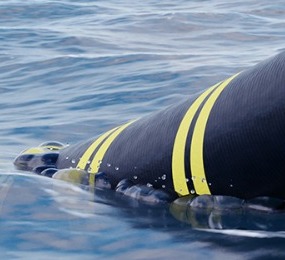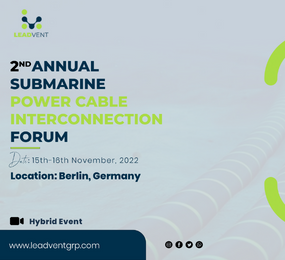Remote survey and subsea cable inspection
Remote Stations and Monitoring Needs
Bringing the cable back to shore to optically renew the signals is often useful, especially on coastal lines. Remote stations are vulnerable to theft or vandalism, especially when the wires cannot be completely covered and secured. In the event of a malicious assault, a remotely accessible optical test instrument, such as an onsite optical time-domain reflectometer (OTDR), which can constantly monitor one or many fibers in one or many cables, can make a significant difference in terms of reaction and restoration time.
Not only must this technology detect and estimate the sheath length of the defect, but it must also promptly inform one or more people that a cable outage has occurred—or, better yet, is about to occur.
Effective cable testing is made possible via remote connectivity.
The unit is connected to a LAN/WAN over Ethernet/TCP/IP through a Web server operating directly on the unit after being installed and attached to the cable to be tested or monitored. This enables the remote users to configure or test the device from nearly any location. If a monitoring routine is begun on one or more fibers, users can get preset warnings if the fiber(s) deteriorate or break.
Short-messaging service (SMS) text messages delivered from the unit's modem straight to any sort of mobile phone for quick notification—within seconds of the device detecting fault circumstances. A Web browser is required to access the testing and configuration functionalities.
Measurements and verification When the cable is buried
Because the test unit often includes an internal optical switch unit, it may test all of the fibers while the cable ship is laying the cable. Monitoring on all fibers may be done from the terminal station to where the cable touches water to guarantee the procedure can be stopped and cable integrity checked if cable conditions, from an optical-quality viewpoint, change considerably. While the cable is buried, fault detection levels as low as 0.05 dB can be used.
Using a basic Web browser, you may acquire access to defect information such as raw OTDR data from the ship or the network control center.
Applications for Remote OTDR Testing and Monitoring in Submarine Cable Systems
As previously stated, an OTDR and optical switch installed at a cable terminal station may fulfill a variety of demands and applications.
• Monitor a cable of up to 200 kilometers in length and notify one or more team members of any cable problems.
• Assist in determining the real fiber to cable length "scale factor" if cable spans are spliced on the cable ship prior to immersion.
• When assisting a repair crew, test splice quality in real time from the terminal station
• Test a fiber that had been dark for a long time prior to service activation
• Measure time-to-repair more accurately and reduce reliance on repair crews
• Increase response time in the event of malicious attacks on coastal cables
Sensory Fibers with Larger Outer Diameters for Early Warning of Cable Stress
The high cost of submarine cable repairs, as well as the large amount of people required, will compel operators to explore for innovative ways to cut underwater cable installation and maintenance costs. In a more preventative approach, OTDR surveillance of a few sensory fibers in the cable's outer sheath—for example, one per quadrant—would offer early alerts of potential cable incursion. The health and condition of these fibers would undoubtedly reflect the total cable condition. In this instance, commercially available remote test and monitoring devices based on OTDR technology generally built for terrestrial purposes might be even more beneficial.
Visit our website to know more: https://bit.ly/3zWlx4i
For more information and group participation, contact us: [email protected]
Leadvent Group - Industry Leading Events for Business Leaders!
















